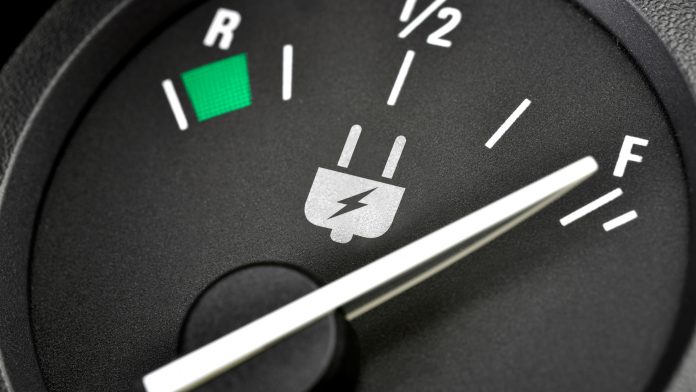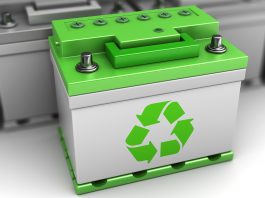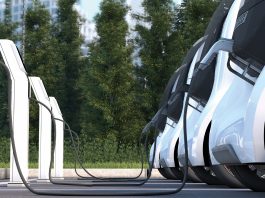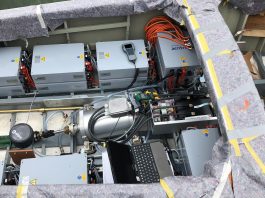In a collaborative research paper, scientists have outlined how they developed a new catalyst that could boost the charge efficiency of metal-air batteries.
Metal-air batteries (MABs) use oxygen from ambient air as a recourse to store and convert energy. MABs have been inefficient and expensive, until a research team, affiliated with Ulsan National Institute of Science and Technology (UNIST), developed a new catalyst that could boost MAB performance.
Led by Professor Guntae Kim, a research team at the School of Energy and Chemical Engineering, UNIST, has unveiled a new composite catalyst that could efficiently enhance the charge-discharge performances when applied to MABs.
Researchers have enhanced MABs by applying a very thin layer of metal oxide films on to a perovskite catalyst, and thus the interface naturally formed between the two catalysts enhances the overall performance and stability of the new catalyst.
MABs are one of the lightest and most compact types of batteries. They are equipped with anodes made up of pure metals and an air cathode that is connected to an inexhaustible source of air. The further development of MABs could birth the next-generation electric vehicles.
Higher efficiency, lower cost
Currently, MABs use rare and expensive metal catalysts for their air electrodes, such as platinum, this has hindered its commercial development. As an alternative, perovskite catalysts that exhibit excellent catalyic performance has been proposed, yet there exists low activation barriers.
In this new development, the metal catalyst (cobalt oxide), which performs well in charging, is deposited on a very thin layer on top of the manganese-based perovskite catalyst (LSM), which performs well in discharge. As a result, the synergistic effect of the two catalysts became optimal when the deposition process was repeated 20 times.
“During the repeated deposition and oxidation cycles of atomic layer deposition (ALD) process, the Mn cations diffuse into Co3O4 from LSM, and therefore, the LSM-20-Co catalyst is composed of LSM encapsulated with the self-reconstructed spinel interlayer (Co3O4/MnCo32O4/LSM),” says Arim Seong (Combined MS/PhD of Energy and Chemical Engineering, UNIST), the first author of the study.
Seong continued: “And this has enhanced the catalytic activity of the hybrid catalyst, LSM-20-Co, leading to superior bifunctional electrochemical performances for the ORR and the OER in alkaline solutions.”
Do you want the latest news and updates Innovation News Network? Click here to subscribe, and make sure to stay connected with us.












